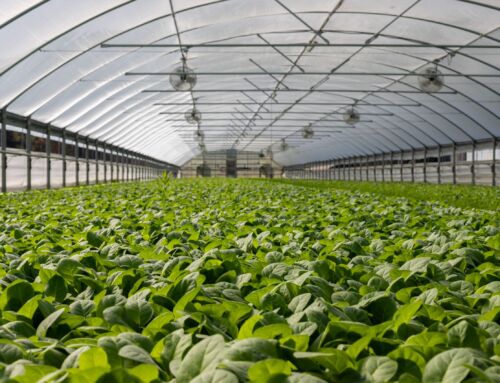G’day, folks! Strap in for a riveting exploration of Australia’s live sheep export conundrum, where technology plays a pivotal role. As an enthusiastic young journalist, I’m here to shed light on the pros and cons, and the high-tech twists that could redefine this industry.
Live Sheep Exports Debate: A Heated Struggle
Farming groups are in a heated debate, urging a rethink of plans to phase out live sheep exports. State and federal agriculture ministers are convening virtually, grappling with the complexities of this issue.
In this digital age, technology holds the key to addressing some of the challenges of live exports. Innovations in tracking, monitoring, and transportation can improve animal welfare and ensure compliance with regulations.
According to The Canberra Times, West Australian Agriculture Minister Jackie Jarvis vehemently opposes the ban. She cites the dramatic plummet in sheep prices and upcoming policy changes as a “perfect storm.” Labor has pledged to end the trade, but the Albanese government is advocating for a smoother transition, extending the debate into a long-term vision.
Farmers, who are at the heart of this issue, are raising valid concerns. The talks revolve around the drought, sheep oversupply, and calls for a delay in the phase-out to allow the industry to adapt. Again, stated in The Canberra Times, Sheep prices have nosedived by approximately 40% this year, with many attributing the fall to the impending policy change.
Incorporating technology is crucial to ensuring the well-being of livestock during live exports. Tracking devices, real-time monitoring, and climate control systems can mitigate risks and improve conditions for animals during transit.
A Crossroads for Live Sheep Exports: Technology as the Beacon
As the federal government plans the phase-out of live sheep exports by sea, the impact is already tangible, with some vessels no longer docking in Australia. The industry is grappling with a lack of a domestic market, and farmers are being forced to offload sheep at rock-bottom prices.
As agriculture ministers convene, and a report is anticipated at the end of October, it’s evident that the live sheep export industry finds itself at a crucial crossroads. Balancing the pressing concerns of animal welfare, economic considerations, and adapting to a rapidly evolving world necessitates innovative solutions. Here, technology can play a pivotal role, offering a guiding light toward a more sustainable future.
Tech Revolutionizing Live Exports: Ensuring Animal Welfare
Australia’s live export industry is embracing cutting-edge tech developed in Norway, and I’m thrilled to spill the beans! Automated sensors will soon monitor ship conditions, ensuring top-notch animal welfare. These nodes collect data and wirelessly transmit it to the bridge in real-time, thanks to Bluetooth and radio mesh wizardry. On recent voyages to Darwin and Singapore, Aussie research body LiveCorp gave this tech a test run, and it’s a game-changer. Better connectivity means happier critters and a smoother digital transformation for the industry. If you would like to know more, read a full article on Countryman.com.au. Watch out for more innovation on the horizon!
So, there you have it, mates. The live sheep export discussion remains as intense as ever, but with the integration of technology, a more humane and sustainable future is within reach. As we navigate these uncharted waters, let’s keep our eyes on the tech horizon for solutions that benefit all stakeholders, from farmers to livestock, ultimately ensuring the welfare of our four-legged friends. Cheers to a future where technology and compassion work hand in hand in the realm of live exports!



